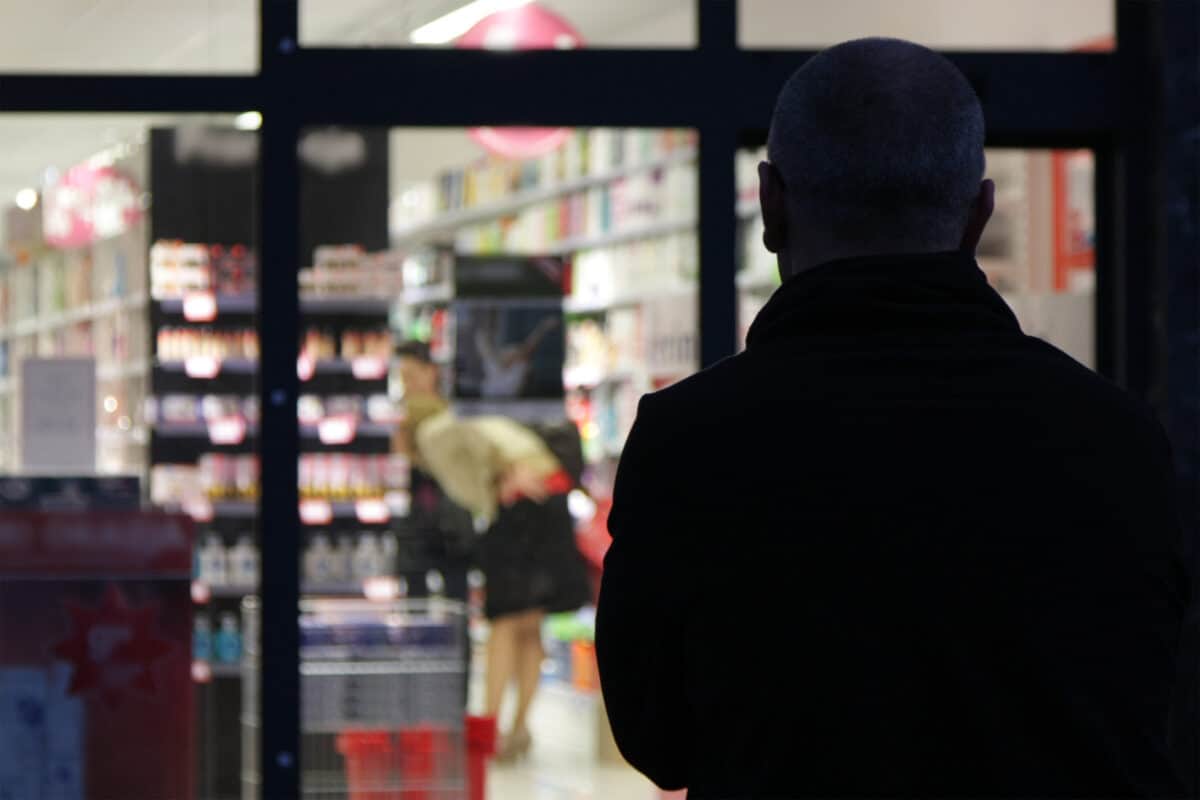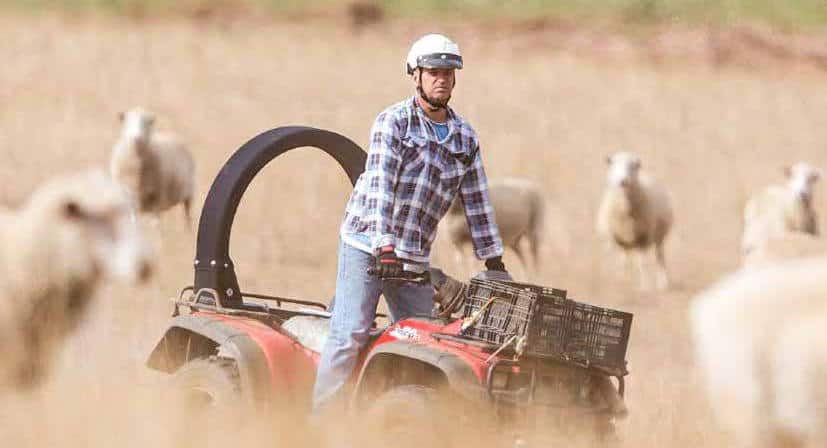RUOK? Day is held in September each year in Australia. The workplace suicide awareness campaign has been very successful, but over time, I have observed a decline in effectiveness, certainly at the local communication level. It may be a victim of its own success as almost all awareness campaigns struggle to maintain their original freshness. Perhaps it is time for a change. Perhaps that change is being forced upon us.
Category: hierarchy of controls
Violence against retail workers persists
The Australian Financial Review published an article on April 14 2023 (paywalled) about workplace health and safety risks faced by retail workers. The entry point was the stabbing death of twenty-year-old bottle shop worker Declan Laverty in Darwin. That a business newspaper includes an extensive article on workplace safety is a positive, but it tries to be too inclusive and overlooks hazard control measures.
“Some of you may die, but it’s a sacrifice I am willing to make”
Recently at the Central Safety Group, I offered two business options to prevent and manage the risks of mental injury at work – Employ more people or Descope company expectations. This was glib, but I was trying to simplify the decisions that employers will face if they choose to meet their occupational health and safety (OHS) obligations. The reality of the decision-making process is challenging, but it seems to me that the core decisions are to increase the workforce to adequately and safely meet the needs of the company or project, or reduce the production volume or decrease the expectations of the client, and the related stress levels of the workers, to match the size of the workforce.
The actual decision is more complex, but this choice is fundamental to the prevention of harm and compliance with the OHS laws.
Any OHS strategy needs to generate spillovers
Reading Safe Work Australia’s latest ten-year strategy forced me to think creatively.
SWA’s discussion of Persistent Challenges suggests controls that are almost all at the Administrative Control level – education, awareness, knowledge, training, understanding, support, communication and more. This is after admitting that:
“Injury and fatality rates have fallen significantly over the last decade. However, progress has slowed.”
Page 5
How can we increase the use of the Hierarchy of Controls (HoC) in determining safety-related policy? How can we get organisations to progress up the control hierarchy to show others that it is possible to prevent all of the incidents that everyone agrees are preventable? (Refer to WorkSafe Victoria’s Colin Radford for a recent example of this belief:
“Every workplace incident, every injury, every illness, every death is entirely unequivocally preventable.”)
Engineered stone and deadly silica risks seem here to stay
So Australia did not ban the importation of engineered stone. The Heads of Workplace Safety Authorities (HWSA) have issued a Communique and a joint media release outlining their decision. It’s a political slap in the face to the trade unions who went hard on the ban.
Many organisations supported the call to ban the importation and use of engineered stone due to the unacceptable risk associated with cutting the product. Many were strident in need for the ban. Even the Federal Minister for Workplace Relations, Tony Burke, was talking tough on the morning of the critical meeting of the Heads of Workplace Safety Authorities. So what went wrong?
How could OHS have helped manage Chris Smith?
SkyNews and radio host, Chris Smith, has been dismissed due to inappropriate behaviour at a company Christmas party. This type of behaviour has been on the occupational health and safety (OHS) and Industrial Relations radar for a long, long time. Recently the psychological impacts of this type of behaviour have come to the fore, placing the issue clearly in the OHS realm.
It is useful to look at the Chris Smith saga through the “new” OHS perspective.
Engineering controls are possible, and they save lives
The issue of quad bike safety has largely disappeared from the mainstream media. This is largely due to the decline in opposition to installing Crush Protection Devices (CPD) on newly-purchased quad bikes in line with the Australian Competition and Consumer Commission (ACCC) mandated safety standards. On November 24 2022, the ACCC released statistics that showed the success of applying an Engineering Control (the CPDs) favoured by the safety advocates over the Administrative Controls (training, signage and dynamic riding) favoured by the manufacturers and their lobbyists.
The quad bike safety saga in Australia, in particular, is a textbook study of farm politics, globalisation, belligerence, the ownership of evidence, the macho culture of independence, manipulation of consumers, ineffective politics, ineffective occupational health and safety (OHS) arguments, the power of money and more. (There’s an important book challenge to anyone who has the time and the resources)







